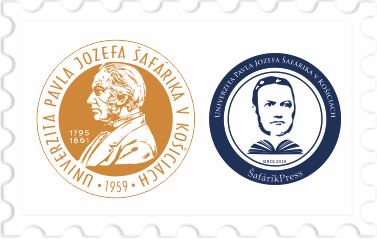No products
Product successfully added to your shopping cart
There are 0 items in your cart. There is 1 item in your cart.
Narvik, a Swedish Norwegian Border Town
DOI: https://doi.org/10.33542/MAD2019-1-03
Autor: Steinar Aas
Rok vydania: 2019
Vydavateľ: Univerzita Pavla Jozefa Šafárika v Košiciach, Filozofická fakulta
Dostupné od: 30.9.2019
URL článku: https://www.upjs.sk/public/media/21648/MaD_2019_1_Aas.pdf
Abstrakt: This article gives an insight into the industrialization and colonization processes of northern Scandinavia. Urbanization due to industrialization is a vital part of the perspective, and brings us into an industrial mega system in Swedish Lapland in the late nineteenth century based on iron ore export. It was to be connected to the industrial centre of Europe, especially the Ruhrgebiet of Germany, and paved the way for a new kind of urban development in peripheral Europe – the industrial network town. The history and foundation of the Norwegian harbour town Narvik is vital for gaining insight into this mega system. By studying Narvik we can envisage particularities of, and similarities and differences between Norway and Sweden when it comes to their urban economic foundations, urban development/planning regimes, and the relations between the municipalities, the modern nation states and the dominating companies. Even the development of a uniquely Scandinavian identity connected with the labour movement and the development of a post-war social democrat order visibly results from the new industries. Thus the common Swedish-Norwegian figure of the rallar – something like navvy or construction worker – has a significant place in this study, and the use of the figure in addition to later processes of memory creation, both within the Norwegian and Swedish labour movements, is addressed.
Kľúčové slová: Urban History. Modernization. Industrialization. Norwegian History. Swedish History. Technology. Urban Planning. Memory Studies. Rallar. Labour History.
Názov časopisu: ISSN: Ročník: Ćíslo: | Mesto a dejiny 1339-0163 8.2019 1 |
